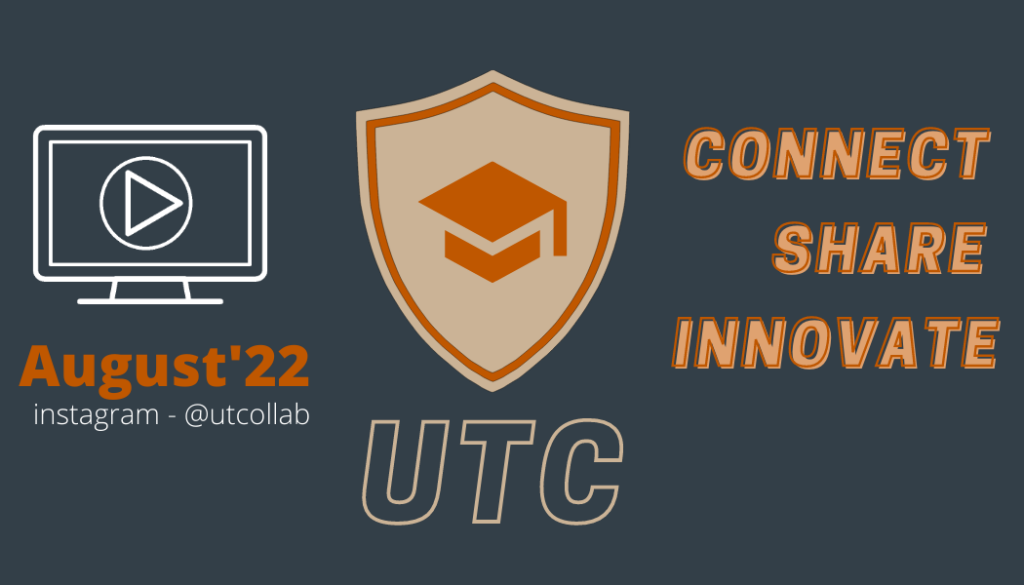In today’s fast-paced digital landscape, collaborative learning has emerged as a beacon of effective and engaging education. Rooted in teamwork and social interaction, collaborative learning empowers students and professionals alike to direct their own learning journey while honing essential skills like communication and problem-solving. But what exactly is collaborative learning, and how does it shape the online learning experience?
Understanding Collaborative Learning:
Collaborative learning is a dynamic learning style that thrives on teamwork and social interaction. Whether it’s through study groups, project teams, or debate circles, collaborative learning encourages participants to ask questions, share ideas, and provide feedback, all in pursuit of common learning goals. This approach isn’t limited to traditional classrooms; it extends seamlessly into the digital realm, where technology facilitates communication and information sharing among remote teams.
Benefits of Collaborative Learning:
Collaborative learning isn’t just about sharing knowledge; it’s about fostering a rich learning environment where participants can thrive. Here are some key benefits:
- Improves problem-solving skills: Collaborative projects challenge groups to analyze ideas and find innovative solutions, enhancing problem-solving abilities.
- Encourages social interaction: By working together towards a common goal, participants develop vital social skills like active listening and empathy.
- Promotes diversity: Collaborative learning brings together individuals from diverse backgrounds, fostering open-mindedness and acceptance.
- Improves communication skills: Effective communication is crucial in collaborative settings, helping participants articulate ideas and provide constructive feedback.
- Inspires creativity: Combining different perspectives often leads to creative solutions and innovative ideas.
- Creates trust: Collaborative teams rely on trust to succeed, fostering strong bonds and mutual support among participants.
- Improves confidence: Collaborative environments provide a supportive space for individuals to express themselves and build confidence in their abilities.
- Encourages engagement: Active participation is key in collaborative learning, driving increased engagement and productivity.
- Allows people to have fun: Collaborative projects often involve enjoyable tasks, making learning a more enjoyable and memorable experience.
- Develops critical-thinking skills: Collaborative tasks encourage participants to analyze information critically and evaluate ideas effectively.
- Builds relationships: Collaborative learning fosters new connections and strengthens existing relationships, both personally and professionally.
Implementing Collaborative Learning:
Effective collaborative learning sessions require careful planning and execution. Here are some tips to ensure success:
- Start with a clear goal: Define the learning objectives and how collaboration will help achieve them.
- Share specific expectations: Set clear guidelines and expectations for teamwork and content completion.
- Monitor groups: Observe and guide teams to stay on track and foster effective collaboration.
- Provide time to reflect: Encourage group and individual reflection to enhance learning and improve future collaboration.
Valuable Insights from the Study by ISEDJ:
A study published in June 2013 aimed to explore students’ perceptions of online collaborative learning within the context of a Management Information Systems course. The study delved into both process-oriented and product-oriented collaborative activities, investigating their impact on perceived learning outcomes and satisfaction with the course.
Results from the study highlighted the significance of structured collaborative activities and meaningful peer interaction in enhancing the online learning experience. Specifically, the perceived structure of collaborative activities and the quality of peer interaction during these activities were found to be positively correlated with perceived learning outcomes. Furthermore, both peer interaction and perceived learning were strongly associated with overall satisfaction with the course.
These findings underscore the importance of designing collaborative learning experiences that not only engage students but also facilitate meaningful interaction and knowledge construction. By incorporating well-structured collaborative activities and promoting active peer engagement, educators can create a conducive learning environment that fosters deep understanding and satisfaction among learners.
Conclusion:
Collaborative learning in online courses offers a dynamic and enriching experience for learners. By embracing teamwork and social interaction, participants not only deepen their understanding of course material but also develop invaluable skills for success in both academic and professional settings. As educators and learners alike, let’s harness the power of collaborative learning to unlock new levels of engagement and achievement in online education.
So, dear readers, what are your thoughts on collaborative learning in online courses? Have you experienced its benefits firsthand, or do you find yourself grappling with its challenges? Share your insights in the comments below, and let’s embark on this collaborative journey of learning together.
References:
- Collaborative learning in online courses: ISEDJ Research Paper
- Benefits of collaborative learning: Indeed.com Study


